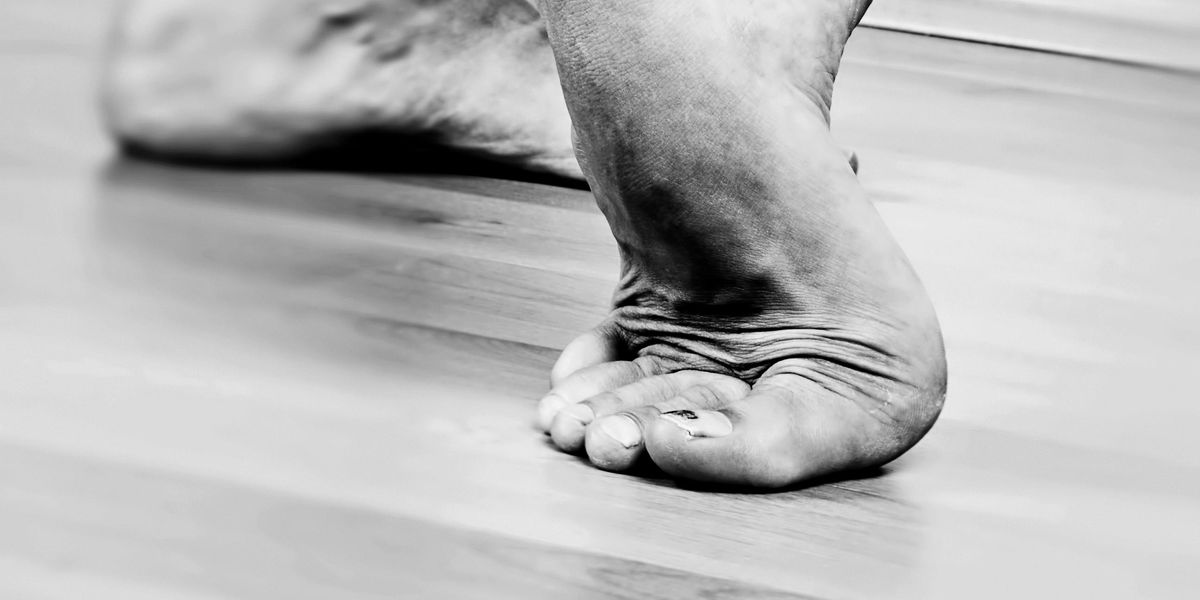5 Tips for Dealing With Painful Ingrown Toenails
Ingrown toenails are not unique to dancers. But this profession definitely makes them more likely. Commonly caused by improper nail cutting, ingrown nails can also be the result of repetitive microtrauma damaging the nail plate. (We’re looking at you, heels and pointe shoes.) “An ingrown toenail is basically a part of the nail plate that grows into the skin,” says Dr. Alyson Slater, a podiatrist at Palm Beach Foot & Ankle and a former dancer. “And it’s exquisitely painful.”
What’s more, microorganisms like bacteria, fungus or yeast love a hot, sweaty dance shoe and can trigger irregular nail growth or cause infections in preexisting ingrowns. Slater recommends these tried-and-true treatments to keep that ingrown nail from counting you out.
1. Practice proper cutting
When trimming your nails, always cut straight across rather than following the nail’s natural curvature. And regularly replace any dull, old clippers. “Home nail cutters are not very sharp,” says Slater, “so they can cause these little spicules of the nail that can grow into the skin.”
2. Don’t underestimate cleanliness
Prevent infection-causing microorganisms from reaching your nail plates by regularly disinfecting your clippers in hot, soapy water, bleach-cleaning your shower and airing out your shoes between uses. Slater also recommends spraying the insides of your dance shoes with an antifungal spray. If an ingrown has already started, prevent infection by keeping the area clean and dry, and applying antiseptic creams like Betadine or antibiotic ointments like Neosporin.
3. Try palliative soaks and padding
While Slater says there’s no scientific evidence backing the effects of a warm Epsom salt soak, anecdotally, her patients have found this to provide effective pain relief. Since the big toe is the most frequent host for painful ingrowns, placing a piece of foam between the first and second toe may help relieve some of the pressure while dancing.
4. Opt for in-office treatment
If the pain is only at the end of the nail, the simplest and fastest treatment is a visit to a podiatrist. With a sharp, sterile instrument, your doctor can do a noninvasive, dramatic angled cut of the nail to remove the affronting edge. The procedure is quick, painless and requires no recovery time. However, if the pain is further back in the nail, it may require a minor surgery. The doctor will numb the toe with a local anesthetic, cut out a wedge from the top to the cuticle and then dress the area with sterile bandages and antibiotic ointment. After three to five days of recovery time, you can gradually return to dancing, says Slater.
5. Address the root of the problem
If you’re prone to debilitating ingrowns, your doctor may decide to kill the root of the nail with a topical chemical solution.
What NOT to do:
Do not practice what Slater calls “bathroom surgery” by attempting to cut the ingrown yourself. Using dull, nonsterile tools and not knowing how far to cut are more likely to result in pain, irregular nail growth and even infections.
Do not dance through infections,
no matter how high your pain tolerance. “If that infection festers, it can become very severe,” says Slater, “causing a soft-tissue infection or even a bone infection.” See a health-care provider if the skin around an ingrown nail has redness, swelling or fluid buildup, or if the nail itself is unusually thick and yellowed.
Do not use unscientific home remedies
on underlying fungal infections. Slater has heard of dancers applying everything from duct tape to oregano oil to bleach to their nails to kill fungus, which she would never recommend. Existing infections are best treated by a health-care professional.




